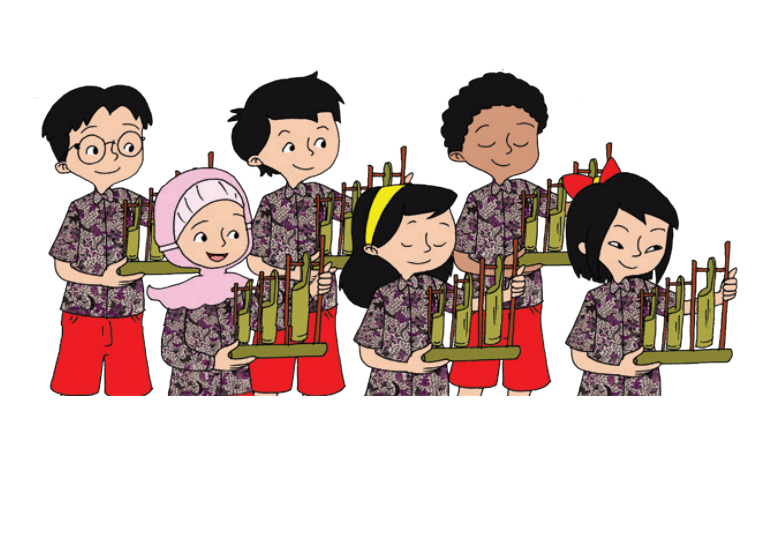Cultural Collaboration: Weaving a Richer Tapestry of Understanding
Ever wonder how K-pop took the world by storm, or how a Balinese dance troupe ended up performing in Paris? It's all thanks to the magic of socio-cultural collaboration. This dynamic process of partnership and exchange within the realms of society and culture allows for the sharing of ideas, traditions, and artistic expressions across borders and communities. It's the invisible thread weaving together a richer, more vibrant global tapestry.
Socio-cultural collaborations can take many forms. Think joint art exhibitions showcasing the work of artists from different countries, international film festivals celebrating diverse cinematic voices, or educational exchange programs that immerse students in new cultures. These collaborations are not just about showcasing the exotic; they're about building bridges of understanding, fostering empathy, and creating a sense of shared humanity.
The history of socio-cultural exchange is as old as humanity itself. From the Silk Road, which facilitated not just the trade of goods but also the exchange of ideas and beliefs, to the modern-day collaborations facilitated by the internet, humans have always sought to connect with and learn from other cultures. This inherent drive to share and learn is what fuels the ongoing evolution of human civilization.
But why is socio-cultural collaboration so important? In an increasingly interconnected world, understanding different cultures is more crucial than ever. These collaborations break down stereotypes, challenge prejudices, and promote tolerance. They allow us to see the world through different lenses, enriching our own perspectives and fostering a sense of global citizenship.
One of the main challenges of socio-cultural collaboration is navigating cultural differences and sensitivities. Misunderstandings and misinterpretations can arise when working across cultures with varying communication styles and values. Successful collaboration requires careful planning, open communication, and a willingness to learn and adapt.
Benefits of socio-cultural collaboration include fostering creativity and innovation, preserving cultural heritage, and promoting economic development. For example, collaborating with artisans from another country can lead to the creation of unique and innovative products, while supporting traditional crafts. Cultural tourism, driven by international collaborations, can bring economic benefits to local communities.
A successful socio-cultural collaboration requires careful planning and execution. Start by identifying shared goals and values. Build trust and rapport with your partners. Be flexible and adaptable, and be prepared to navigate cultural differences. Regular communication and evaluation are crucial throughout the process.
Advantages and Disadvantages of Socio-Cultural Collaboration
| Advantages | Disadvantages |
|---|---|
| Increased cultural understanding | Potential for cultural misunderstandings |
| Promotion of peace and tolerance | Difficulty in navigating different cultural norms |
| Economic benefits | Logistical challenges of international collaboration |
Best Practices:
1. Clear Communication: Establish clear communication channels and protocols from the outset.
2. Mutual Respect: Respect the cultural values and practices of all partners.
3. Shared Goals: Define clear, shared goals and objectives.
4. Flexibility: Be adaptable and willing to compromise.
5. Evaluation: Regularly evaluate the collaboration and make adjustments as needed.
Real Examples:
1. International film festivals showcasing films from around the world.
2. Joint archaeological digs involving researchers from different countries.
3. Collaborative art exhibitions featuring artists from diverse cultural backgrounds.
4. Educational exchange programs for students.
5. Music festivals celebrating world music.
FAQs:
1. What is socio-cultural collaboration? (Answer: Collaboration between different cultures in social aspects)
2. Why is it important? (Answer: Promotes understanding and tolerance)
3. How can I get involved? (Answer: Join cultural organizations, volunteer)
4. What are the challenges? (Answer: Cultural differences, communication)
5. What are the benefits? (Answer: Cultural exchange, economic benefits)
6. How can I plan a successful collaboration? (Answer: Clear goals, communication)
7. Where can I find more information? (Answer: Online resources, cultural organizations)
8. What are some examples of successful collaborations? (Answer: International film festivals, art exhibitions)
Tips and Tricks:
Be open-minded and embrace cultural differences. Active listening is key. Be patient and understanding. Celebrate successes and learn from challenges.
In conclusion, socio-cultural collaboration is not just a nice-to-have; it's a necessity in our increasingly interconnected world. It's about building bridges of understanding, fostering empathy, and creating a more peaceful and tolerant global society. By embracing cultural exchange and engaging in collaborative endeavors, we can unlock incredible opportunities for learning, growth, and innovation. Let's continue to weave this rich tapestry of shared humanity, celebrating our differences while recognizing our shared connection. Get involved, explore different cultures, and contribute to a more vibrant and understanding world. The future of intercultural harmony depends on our willingness to collaborate, learn, and grow together.
Cute matching pfps for instagram a guide to twin ning your profile
Decoding the screaming crying meme face phenomenon
Unlocking the magic of behrs top white paint colors












